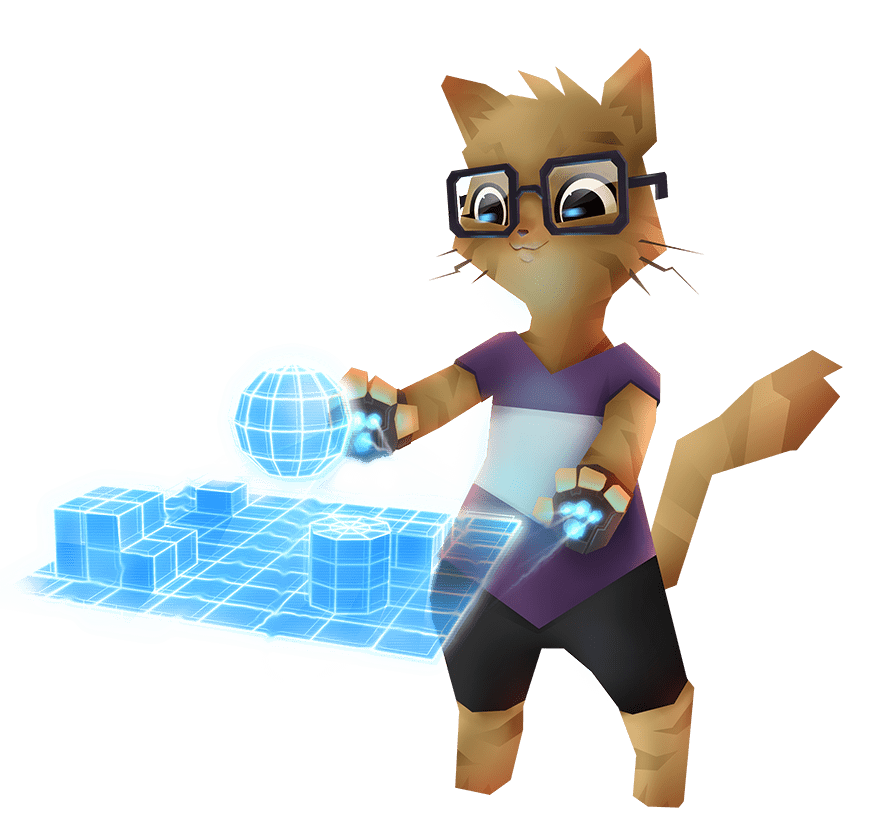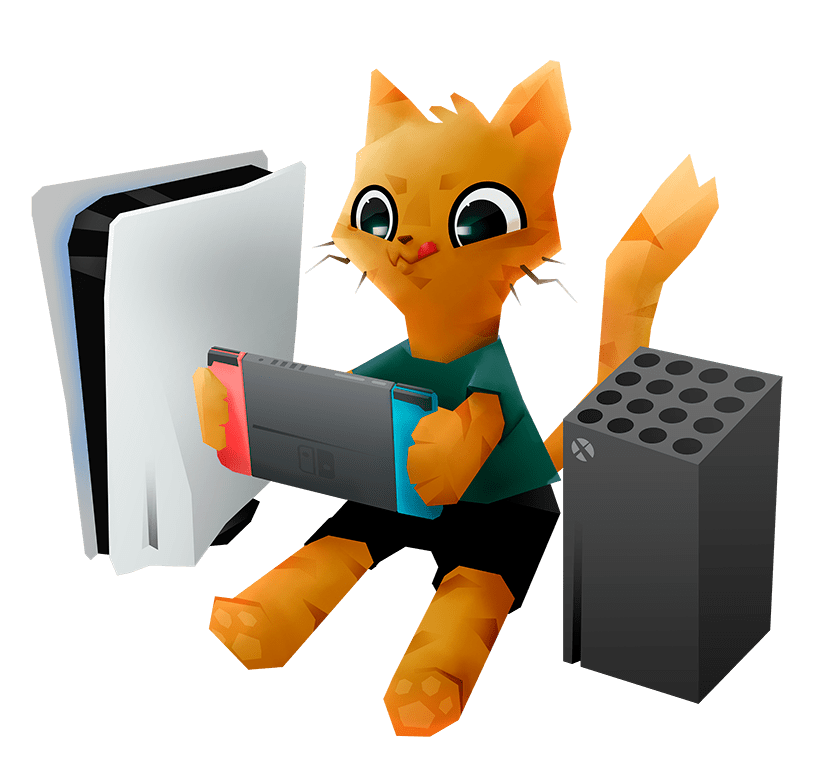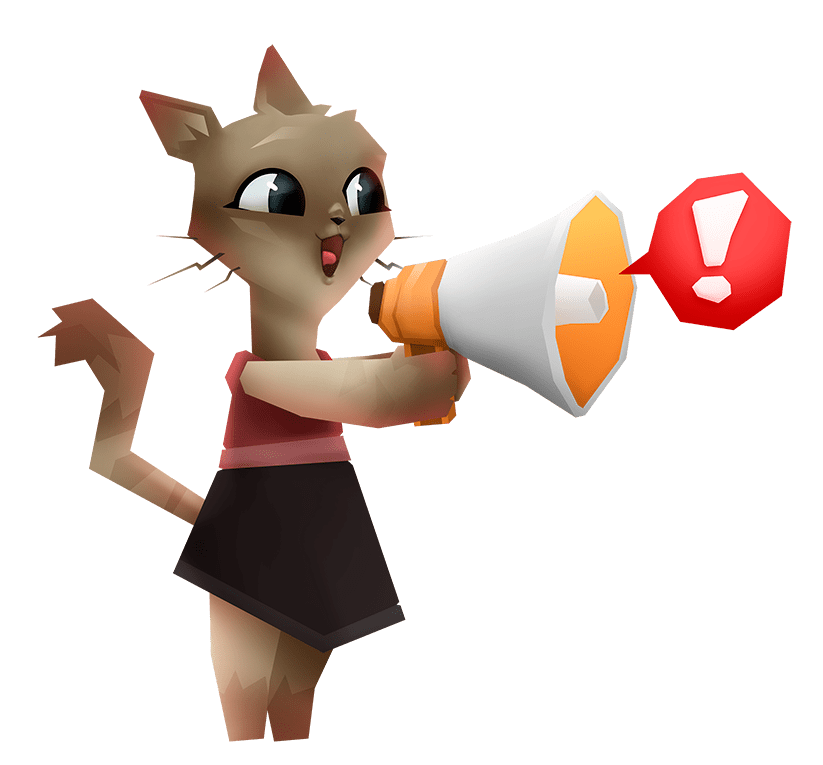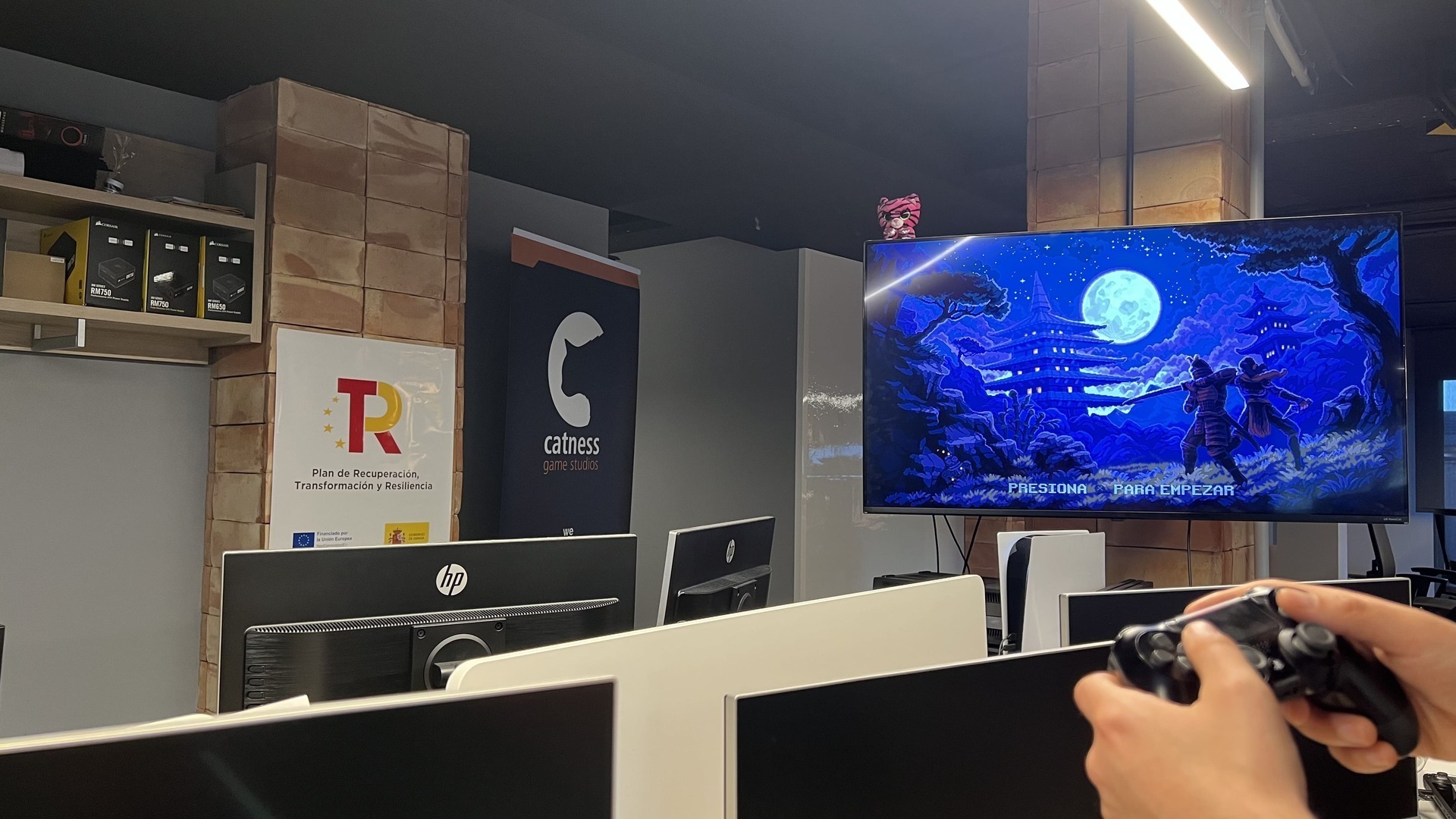We at Catness Games have been porting video games for almost a decade. During that time, leading companies like EastAsiaSoft and Thunderful have trusted us to bring their games to all platforms. This confidence is partly due to our efforts to innovate in porting.
Thus, one of our priorities as a video game company is R+D+I. We spend a significant part of our resources trying to optimize the porting process. Whether it’s project analysis or testing, there is still scope to improve or even automate many aspects of porting. Why? To make such an essential process in video game development as porting more accessible, agile and affordable.
Why is game porting so crucial?
Porting consists of bringing a video game from one platform to another. You can port a computer game to consoles and vice versa, a handheld game to smartphones, etc. In other words, porting allows any game to run on every device. And that has a vast impact on that said game.
Releasing on more platforms means reaching more people. The bigger the audience, the more potential sales. One title might sell well on Steam, but it shouldn’t ignore the 122.5 million Switch games sold worldwide. The same with PlayStation 5’s more than 30 million consoles sold or Xbox’s nearly 20 million. All in all, porting means additional visibility and sales opportunities for video game developers.
Without this crucial process, gamers wouldn’t have enjoyed some of the best Nintendo Switch ports, like The Witcher 3, Doom Eternal, or Dragon Quest XI S: Echoes of a Lost Past.
How we’ll improve porting with R+D+I
Catness intends to take advantage of its experience to improve porting through R+D+I. If the porting process is more agile, games will reach more people. How will we do it? By developing a pioneering set of tools to automate the porting process.
Assessment Tools
- Project appraiser.
Development tools
- Automatic configurator of graphic variables.
- Automation Profile Guided Optimization.
- Addons for Unreal Engine.
Testing tools
- Automated CI/CD specifically for video games.
- Automation of QA tests in consoles.
- Automatic TRCs (technical requirement checklist) checker for each platform.
Publishing tools
- Content configurator for stores on all platforms.
- Automated data analysis of sales, downloads and use of video games with Big Data.
Why invest in R+D+i for porting?
These are just some of the many tools Catness plans to develop to improve its porting processes in the upcoming years. Our team firmly believes that the best way to increase quality while reducing the time needed to port a game is determined by the investment in R+D+i. In addition, this is something essential in any tech company today. In this sector, advances are endless.
Here are some extra reasons to invest in R+D+i or collaborate with companies that invest in R+D+i:
- Anticipate changes. The video game industry is constantly evolving, and only companies that invest in R+D+i can keep up with technological advancements and new trends. The tools developed from research and innovation allow companies to quickly adapt to the market’s changes and players’ high expectations.
- Improve efficiency and reduce costs. Tools that address specific areas of the game development process, such as project evaluation, graphics optimization, and test automation, can improve team efficiency and reduce costs associated with development. In turn, they increase a company’s profitability.
- Increase quality and yield. Investment in R+D+i can result in tools that allow companies to improve the quality and performance of their video games. For example, the automatic graphics variable configurator and Profile Guided Optimization automation tools can ensure that games run smoothly on different devices.
- Mitigate risks and reduce development times. The tools created with R+D+i can help companies to identify and address potential problems in the early stages of development. They also would reduce the risk of delays and cost overruns in the project. In addition, automated QA and CI/CD tools streamline the development process and ensure the delivery of a high-quality product.
- Optimize decision-making and market strategy. Automated data analysis tools, such as those related to video game sales, downloads, and usage, can provide valuable information for decision-making and marketing strategy planning.
Next steps
Creating all these tools (mostly from scratch) will be complex. To facilitate it, we will stick to R+D+I’s logic and divide the process into three phases: research and design, development, and validation tests.
The first phase will serve to collect everything necessary for development. It will consist of creating the complex artificial intelligence used for task automation. In order to do that, we will use C++. It allows the implementation of the necessary algorithms and data structures essential for each task. Across the development, we will apply agile iteration methodologies and milestone achievement, analyzing each tool as MVP, alpha, beta and release. Finally, the tools will be tested in real projects to certify their usefulness.
In conclusion
Using C++, complex artificial intelligence, and experience accumulated over nearly ten years, Catness aspires to create tools that automate the porting process. As of today, there is nothing similar. However, we trust that R+D+I will make this project possible. Thus, porting will be more efficient and accessible. That means more studios will develop video games for any platform to get the visibility and sales they deserve.
Until we achieve it, Catness has the technical and human team to take your video games to any platform. If you want your Unreal Engine game to reach more players, contact us!


These R&D&I projects have been funded by the European Union – NextGenerationEU.




